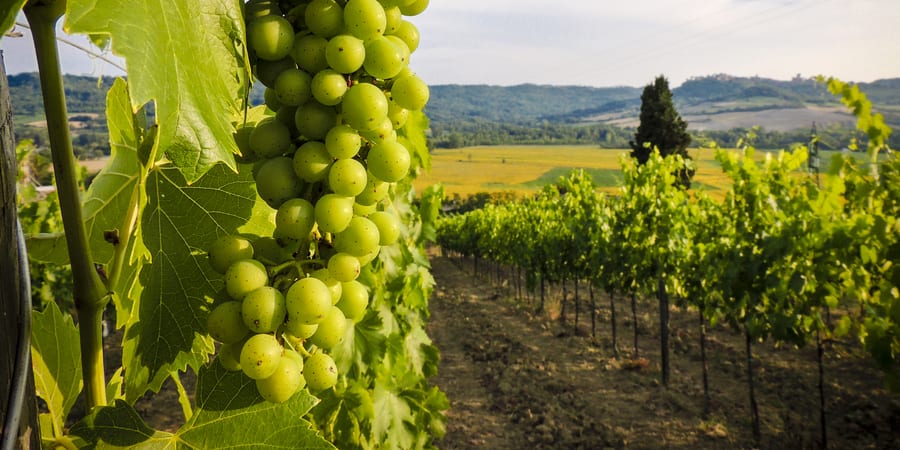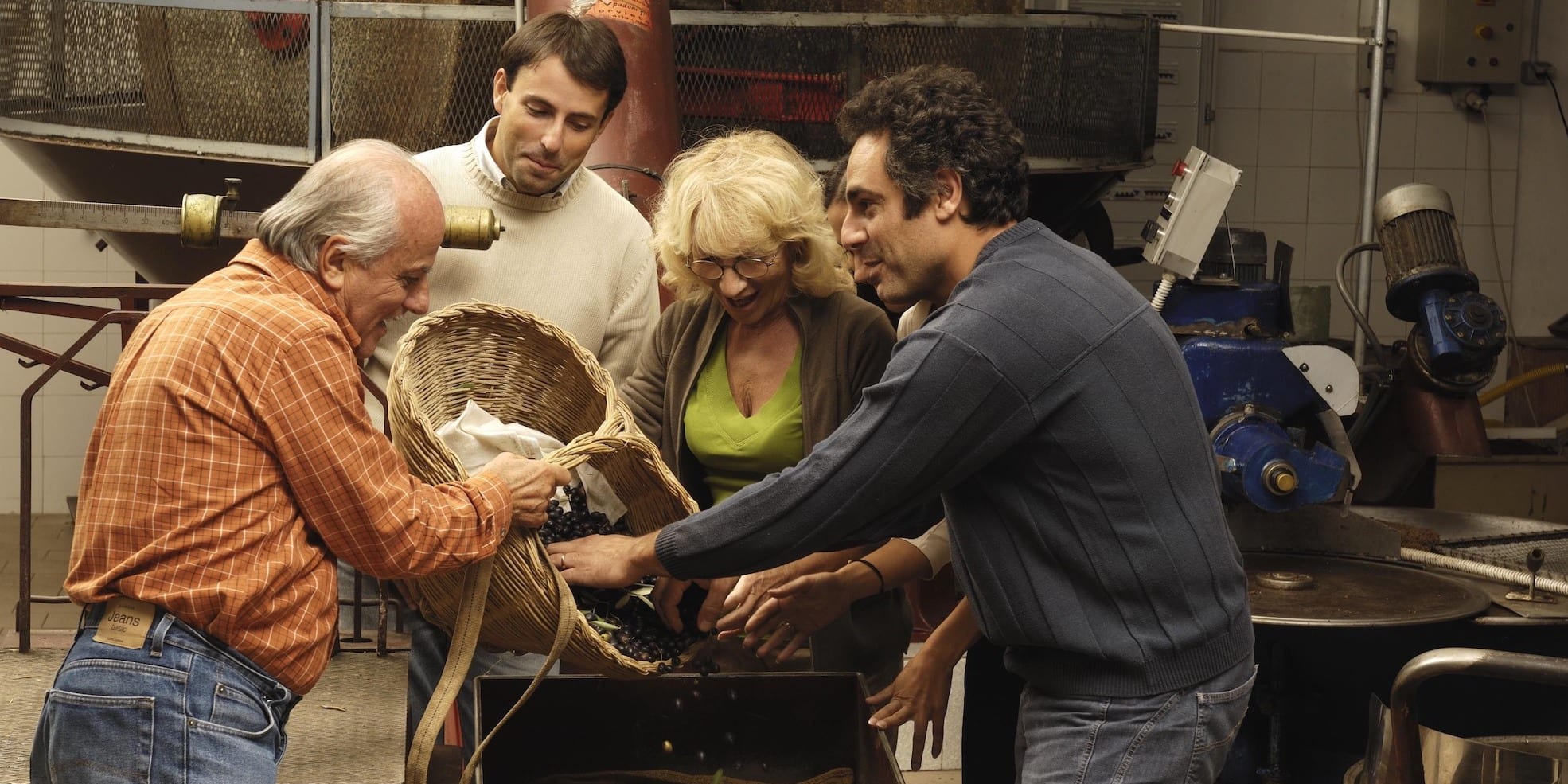
The future of agriculture - Jim Womack visits a lean farm
WOMACK'S YOKOTEN – Lean in agriculture might still be in its infancy, but there is a small farm in Indiana that is already proving how valuable lean principles and techniques can be to this industry.
Words: Jim Womack, Founder and Senior Advisor, Lean Enterprise Institute
Taiichi Ohno, the architect of the Toyota Production System, had a problem with farmers. In his essay "Agricultural People Have a Penchant for Storage" in his book Workplace Management, Ohno noted that farmers invented inventories. The hunter gatherers who roamed the earth before farming practiced pull production: When they were hungry they pulled some animal out of the woods or swamp and ate it, with some berries pulled from a bush or tree for dessert. Farmers, by contrast, with the annual crop cycle and living at densities that hunting and gathering could no longer support, needed to store food to get through the year and even more food to deal with bad harvests. The birth of inventories.
Even worse, farmers tended to produce as much as they possibly could during good years (a form of overproduction) to keep their workers and equipment busy and then stored it for future sale because a good harvest always caused prices to plummet. As a result, inventories and overproduction came to be viewed as good things. Part of Ohno's life work was to countermeasure the penchant of that ancient farmer lurking somewhere in our psyches to create excessive, just-in-case inventories in every human activity, no matter how far from the farm.
But farming wasn't all bad from a lean perspective: I remember visiting Honda's Marysville complex in Ohio as it staffed up in the early 1980s and hearing that farmers were the ideal folks to hire as production associates because "the cows have to be milked every day and farmers need to repair their tools in real time to keep the farm running smoothly." So transferring farmers to factories – which also happened at Toyota in the early days – seemed like a win-win: Workers with the right attitudes and skills who were no longer needed on the farm (where agricultural employment as a percentage of total employment in the US was falling from 41 percent in 1900 to 2 percent in 2015) could work instead in lean manufacturing, and later in lean services.
The combination of the falling agricultural workforce and the inherent inventory requirements of large crops grown in annual batches on modern, mass-production farms far from consumers made me think there wasn't much role for lean thinking in agriculture. So I gave farming no further thought until a copy of Ben Hartman's The Lean Farm appeared in my mail box this spring.
Ben and his wife Rachel are the sort of folks I most love to meet: They are self-educated experimenters who talked to a few people, read a few books, and then set out to apply lean thinking (plowing new ground, so to speak) on their small vegetable farm near Goshen, Indiana. Recently I rented a full-sized pick-up with a stretch cab (the most American, most farm-like, and most energy-intensive vehicle there is) and drove over from the Detroit airport to see their lean farm in action.
When I examine experiments with something new I always start with purpose. In this case, "What problem with traditional agriculture were you trying to solve by applying lean principles?" The answer was that after generations of big farming on family farms nearby, Ben and Rachel wanted to try a new approach in their generation that would provide better work/life balance while still achieving an income target and that would be better for their customers, including the planet. They were looking for a combination of fresh, high-quality produce at reasonable cost with minimal use of fertilizer, pesticides, and fossil fuels. So they started a small (seven acre) vegetable farm that sold directly to a few "foodie" restaurants and to local customers in nearby towns through the Community-Supported Agriculture (CSA) program, which signs up customers for a year of deliveries of boxes of produce directly to their homes.
The problem was that it was very hard work. Using conventional small farm methods it took 60 hours per week to make a go of the farm. As they thought about starting a family it was hard to see how everything could get done on the farm with any time left for the family and any money left over for other needs.
Fortunately one of their CSA customers owned a nearby manufacturing business and reported that he had transformed it through application of lean principles to create more value at less cost. Why not apply these ideas to farming? But, of course, there were no books on lean farming and no fancy consultants to provide advice. So the lean farm would have to come into being the old-fashioned, self-reliant way of the farmer: through experiments.
These were initially inspired by Ohno's seven wastes including, of course, overproduction, excess movement, and excess transportation. An examination of the movements of the farmer and the flow of produce from seed to shipping immediately showed that much of the "work" on the farm was actually waste – searching for tools and supplies, walking long distances due to a poor layout, "re-working" crops that had been improperly planted, over-producing due to poor communication with customers about what items they wanted and when.
In addition, intense discussions with customers showed that they wanted more than good produce. They wanted to be directly involved with their supplier in deciding what type of produce should be grown and how it should be delivered at what time in what way. They even wanted to discuss recipes and suggested that the farmer provide advice on how to cook and present unfamiliar items. In short, they wanted goods plus services developed in collaboration to address their food problems, not just whatever vegetables appeared in the market at the lowest price from unknown vendors.
With clarity about purpose and value, Ben and Rachel have been on a multi-year journey to apply lean principles to every aspect of their production and the way they treat those who work with them on the farm. They have pioneered "market-ready harvesting" to minimize the touches between field and customer, right-sized tools with quick changeovers to minimize the amount and cost of equipment needed, "seed kanban" to always have the planting material needed without tying up cash in just-in-case inventories, "plot kanban" to know immediately when a plot of land is ready for a new crop and exactly what crop to plant, quick changeovers of plots so the new crop goes in the same day the old crop comes out, and heijunka scheduling to spread the work of the farm evenly over a 12-month growing season to eliminate idle (wasted) assets and to prevent the seasonal mura and muri of the traditional farm as well.
I'll leave the full details to Ben's book, which I believe you will find fascinating whatever industry you are in. But a couple of counter-intuitive practices are important to share:
- Given their purpose of a good lifestyle with an adequate income, they have continually reduced the size of their farm as their productivity has grown, from seven acres to one half-acre of cropped area, while exceeding their net income target. And they have cut back in the summer – when home gardens and the big produce farmers bring their crops to market and send prices plummeting – to camp (and write books) while going full blast the other nine months in their heated greenhouses. Why is it that everyone else trying to transform a business using lean methods seems to think that dramatic growth and ever increasing wealth is the only measure of success?
- As they look ahead, one of the big remaining wastes is the waste of transportation. Their customers are concentrated in two small cities some miles from the farm, necessitating long drives (although vastly shorter field-to-table distances than those experienced by most vegetables today.) So why not move their half-acre farm to a spot between these adjacent cities that minimizes transport time and cost? Really local food!
Let's get this straight: Ben and Rachel (assisted by Shingo the watch dog) are making a good living for their family with a good work/life balance by growing vegetables 365 days a year (with the help of student labor from a nearby college in the summer so they can be away) on a half-acre of land. They use little external energy (mostly for greenhouse heating in the winter) with no chemical fertilizer or pesticides. And they have reduced the waste of shrinkage and overproduction dramatically compared with big-farm-to-big-grocery production, distribution, and retailing (where up to 20 percent of annual planting isn't even harvested due to miscalculations about market demand.) Why aren't all our vegetables grown this way?
Perhaps in the future they will be. Certainly lean thinking has now established a beachhead in agriculture for the first time. And I hope thousands of small farmers will copy (and improve on) Ben and Rachel's methods. But what about the big, mass-production farming industry? It feels to me like the auto industry in 1965, with high entry barriers, lax safety standards, and minimal environmental demands. A lean leap in big farming that minimizes energy and water requirements (and CO2 and methane emissions) while providing currently unavailable freshness and variety at the same or lower costs to the consumer seems hard to imagine now. But so did the triumph of Toyota and lean thinking the year before the Corolla was launched.
THE AUTHOR

Read more


WOMACK’S YOKOTEN – The author discusses the benefits that the many family businesses making up our economies can harness from embracing lean management.


INTERVIEW – Brian Swain, Director of the Lean Construction Institute UK, has supported some of the largest construction projects in Britain, including London’s Olympic Village. Here he talks about the evolution of lean in the industry.


FICTION – In the second and final part of this story, the main characters discuss in front of a board. If you regularly use visual management, their conversation will resonate with you.


OPINION – When do our mistake become an ominous sign that we are giving up on our customers and people? Following the salmonella contamination in cereals in Israel, the author reflects on business purpose and the importance of transparency.

